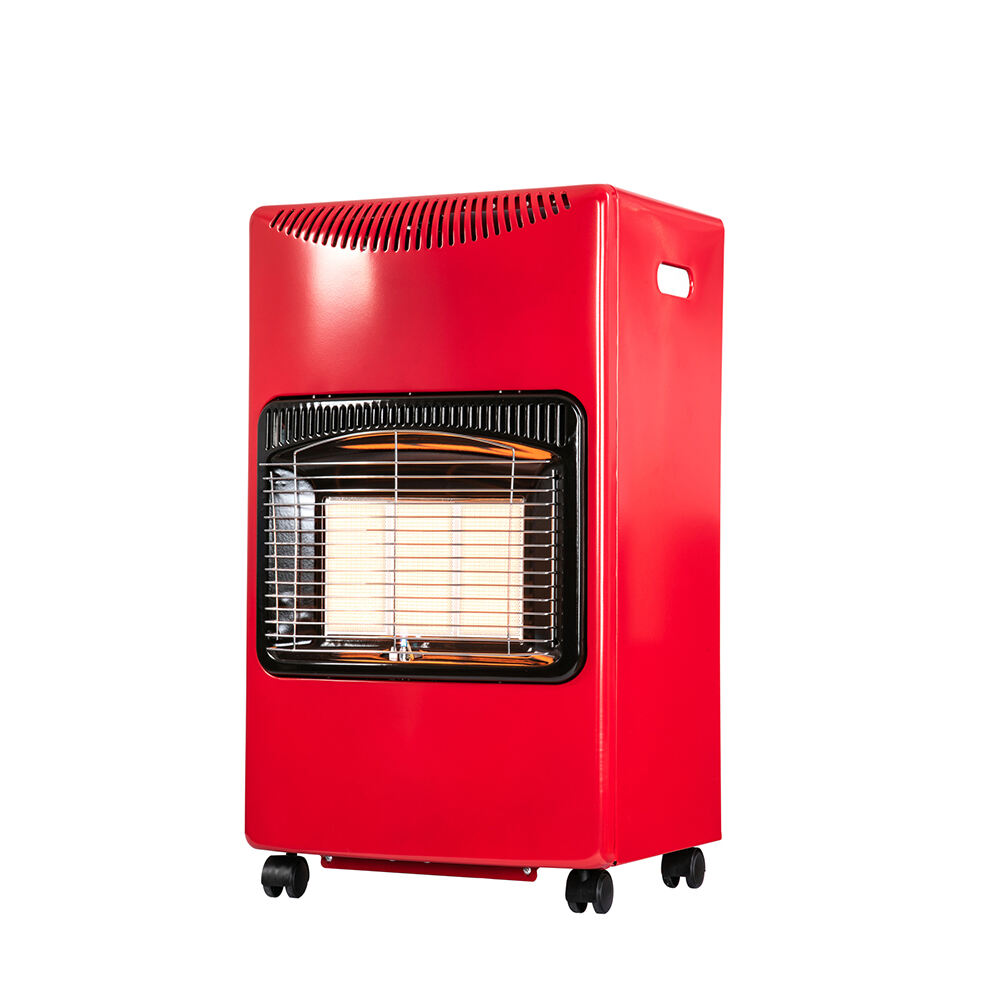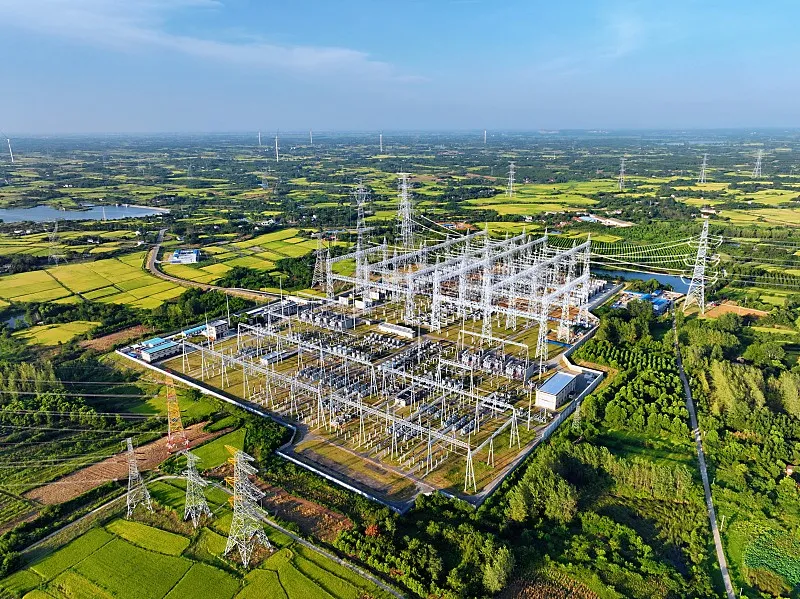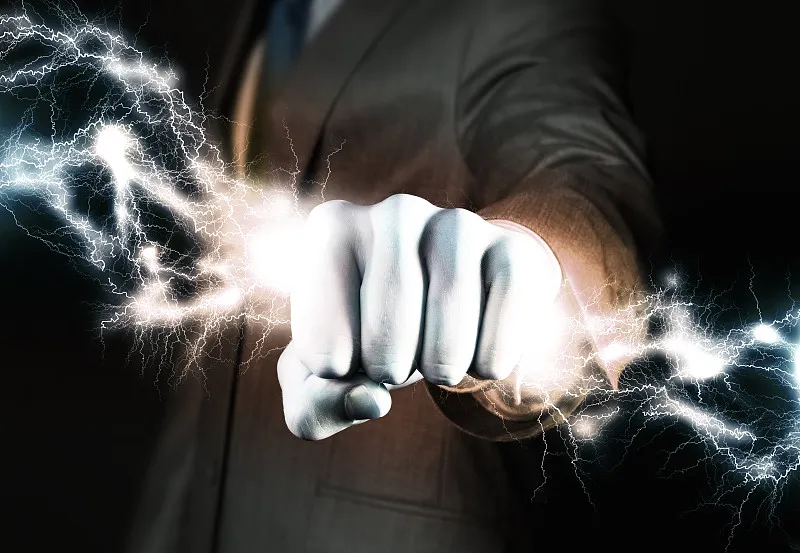Exploring Indoor Camping Gas Heater Usage
Essential Guide to Indoor Heating Solutions for Camping Enthusiasts
Ensuring warmth and comfort during indoor camping adventures has become increasingly important for outdoor enthusiasts who want to extend their camping season. Indoor camping gas heaters have revolutionized the way we approach cold-weather camping, offering a reliable heat source that combines portability with efficiency. Understanding how to properly utilize these heating solutions is crucial for both comfort and safety.
Modern indoor camping gas heaters have evolved significantly, incorporating advanced safety features and improved fuel efficiency. Whether you're setting up in a large cabin or a modest tent, selecting the right heating solution can make the difference between an enjoyable experience and a challenging ordeal.
Understanding Indoor Camping Gas Heater Technology
Core Components and Functionality
The foundation of any indoor camping gas heater lies in its sophisticated heating mechanism. These units typically consist of a fuel container, burner system, and safety controls. The primary component is the gas burner, which converts propane or butane fuel into consistent, controlled heat. Modern heaters incorporate oxygen depletion sensors and tip-over switches, ensuring safe operation in enclosed spaces.
Advanced models feature catalytic heating elements that produce flameless heat, significantly reducing fire risks while maximizing efficiency. These technological improvements have made indoor camping gas heaters increasingly reliable for extended use during cold-weather expeditions.

Types of Heating Systems
Different camping scenarios demand varying heating solutions. Radiant heaters direct warmth toward specific areas, making them ideal for smaller spaces. Convection heaters, alternatively, warm the air throughout the entire space, creating a more uniform temperature distribution. Some advanced models combine both heating methods, offering versatile temperature control options.
Portable catalytic heaters represent the latest evolution in camping heat technology, providing efficient warmth while consuming minimal fuel. These systems operate silently and produce virtually no emissions, making them perfect for overnight use in well-ventilated spaces.
Safety Considerations and Best Practices
Ventilation Requirements
Proper ventilation remains paramount when using an indoor camping gas heater. Adequate airflow helps prevent the buildup of carbon monoxide and ensures optimal heater performance. Users should maintain at least two points of ventilation within their camping space, typically through mesh windows or vents. The size of these openings should be proportional to the heater's BTU rating and the enclosed area's dimensions.
Modern indoor camping gas heaters include built-in carbon monoxide detectors, but bringing a separate detector provides an additional safety layer. Regular air circulation checks should become part of your camping routine, especially during overnight use.
Maintenance and Inspection Protocol
Regular maintenance ensures both safety and efficiency of your indoor camping gas heater. Before each use, inspect all gas connections for leaks using soapy water solutions. Check the heating element for damage or debris accumulation, and ensure all safety features function correctly. Clean the unit regularly, following manufacturer guidelines to prevent dust buildup that could affect performance.
Keep detailed records of maintenance activities and replace any worn components promptly. This proactive approach extends the heater's lifespan while maintaining optimal safety standards.
Optimizing Heater Performance
Temperature Control Strategies
Mastering temperature control with your indoor camping gas heater involves understanding heat distribution patterns and adjusting settings accordingly. Start with a lower setting and gradually increase heat output until reaching desired comfort levels. Position the heater where it can effectively warm the most frequently used areas while maintaining safe distances from camping gear and sleeping areas.
Modern indoor camping gas heaters often feature thermostatic controls, allowing for automated temperature regulation. Learning to properly use these features helps maintain consistent comfort while optimizing fuel consumption.
Energy Efficiency Tips
Maximizing fuel efficiency begins with proper heater sizing for your space. An appropriately sized unit operates more efficiently than an oversized one cycling on and off frequently. Use natural insulation techniques, such as thermal curtains or reflective barriers, to retain heat and reduce fuel consumption. Consider using timer functions during sleeping hours to conserve fuel while maintaining comfort.
Strategic heater placement plays a crucial role in efficiency. Position the unit to take advantage of natural air circulation patterns, allowing warm air to distribute evenly throughout the space. This approach reduces operating costs while ensuring consistent comfort levels.
Frequently Asked Questions
How long can an indoor camping gas heater run continuously?
Most indoor camping gas heaters can operate continuously for 4-6 hours on a standard propane cylinder, depending on the heat setting and model efficiency. However, it's recommended to give the unit periodic breaks and ensure proper ventilation during extended use.
What safety features should I look for in an indoor camping gas heater?
Essential safety features include oxygen depletion sensors, tip-over switches, overheat protection, and automatic shut-off mechanisms. Look for models with built-in carbon monoxide detectors and flame failure devices for additional safety.
Can I use my indoor camping gas heater in a tent?
While indoor camping gas heaters can be used in tents, it's crucial to follow specific guidelines. The tent must be well-ventilated, the heater should be placed on a stable surface away from tent walls, and you should never leave it running unattended or while sleeping.







